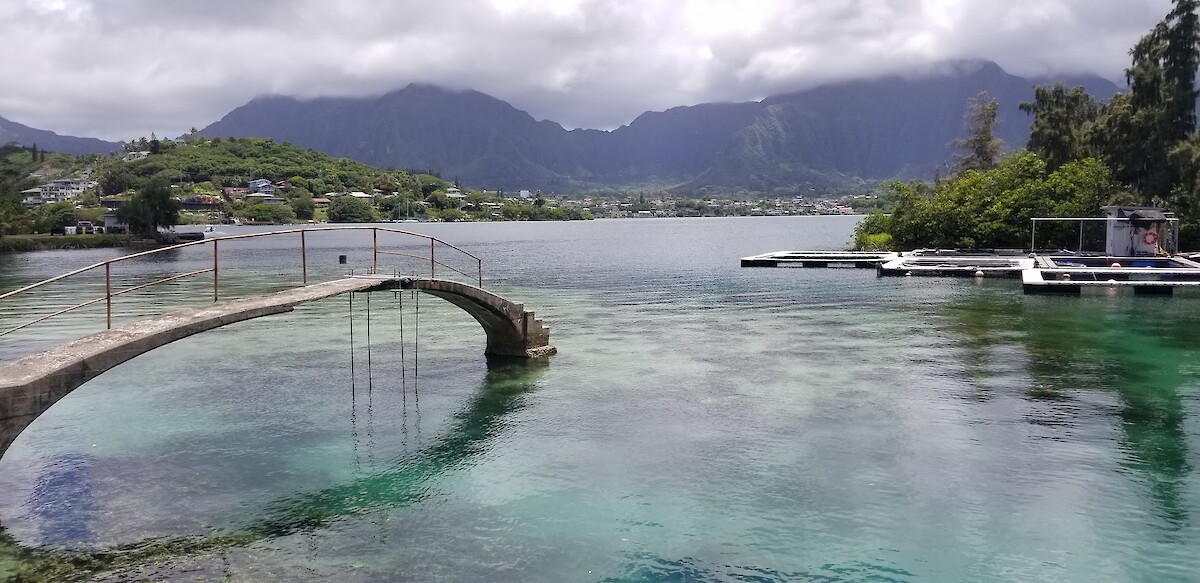A "flash" course in photography
Morgan Ross ·The importance of photography in science:
Science and photography come hand in hand. Photography is a tool used by scientists to understand and communicate complex ideas, but it also is a driving force in scientific advancement. For example, "The Blue Marble" taken by NASA astronauts aboard the Apollo 17 in 1972 is one of the most widely distributed images of all time and literally changed the way we see the world [i] (Figure 1). (Fun fact: originally "The Blue Marble" was captured with Antarctica on top but was later edited to have north pointed up.)

Figure Captions Copyright © 1995-2014 by Eric M. Jones.
All rights reserved.
Powerful images like "The Blue Marble" transcend the border between the scientific perspective and the public [ii]. Photography is instrumental to effective scientific communication because it is a universal medium. The human brain is wired to process images at a high capacity. This makes complex ideas easier to understand when they are presented as images rather than as text. There is a reason that when we are learning to read and communicate, we start with pictures and eventually learn to read [iii].

Last week in our Science Visualization course, resident expert E. Guy Stephens taught us basic techniques for creating quality photographs, where to find scientific photographs, and how to understand photograph attribution rights. Stephens explained that, "Fantastic work with unprofessional visuals degrades the integrity of the work." So, after reviewing the lecture material, we were tasked with taking and finding photographs that help describe our research endeavors. Each person submitted "taken" photographs and "found" photographs to review in class together (Figure 2,3).


Despite the wide range of research topics among students, photographs were chosen to help visualize the following commonalities in all research:
- Describing species of study (Figure 4)
- Describing facility (aquaculture farm, laboratory, etc)
- Describing study area (Figure 3)
- Demonstrating data collection methods/tools
- Exemplifying field/lab work
- Visualizing processes (sea glint, harmful algal blooms)
- Creating backgrounds for conceptual diagrams
Photography basic rules and concepts:
As we went through and got feedback on each photo submission, there were a few major themes:
- Fidelity comes first; it affects the credibility of the content
- Shoot with intent. What's the story? Think about the composition beforehand!
- Change your perspective. Walk around the subject, get down low, figure out the best angle for the shot.
- Consider cropping. Make a decision about what is important to the photograph, and frame in a way that draws attention to the subject.
- Consider leading lines and horizon lines. Horizontal lines (such as skylines) should be straight.
- Saturation and exposure are key. Try to find a balance that is visually appealing and still realistic.
- Remove distractions. It's okay to have a staged photo if it helps communicate the message.
- Be aware of depth of view. Is the photograph in focus?
- Rule of 3rds: Important elements of the photograph should fall be placed 1/3rd or 2/3rds the way through the image.
While these are just some of the major topics we touched on in class, there is a lot more to learn about the basics of photography.
Finding quality photographs:
In addition to learning about how to take photographs, we also discussed where and how to access quality photographs. There are many places to find free photographs, but it is essential to understand attribution rights. Some images are free to use as long as they are not edited, whereas some are not accessible whatsoever. Here is a list of locations to find free (or cheap) images:
- Adobe Stock Photo Site
- Flickr commons
- Google Advanced Settings
- IAN Image Library
- Pixabay
- Shutterstock
- Wikimedia Commons
References
i. Wikipedia (2020), The Blue Marble, accessed: https://en.wikipedia.org/wiki/The_Blue_Marble
iii. National Association for the Education of Young Children, Learning to Read and Write: What Research Reveals, accessed: https://www.readingrockets.org/article/learning-read-and-write-what-research-reveals

